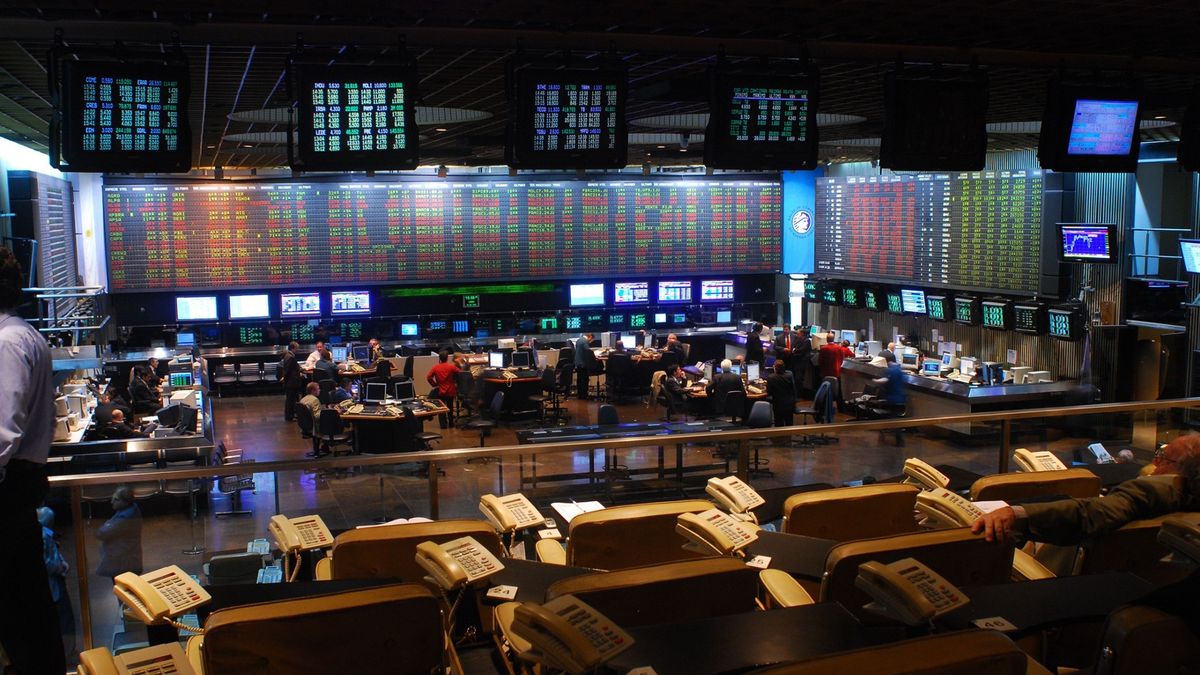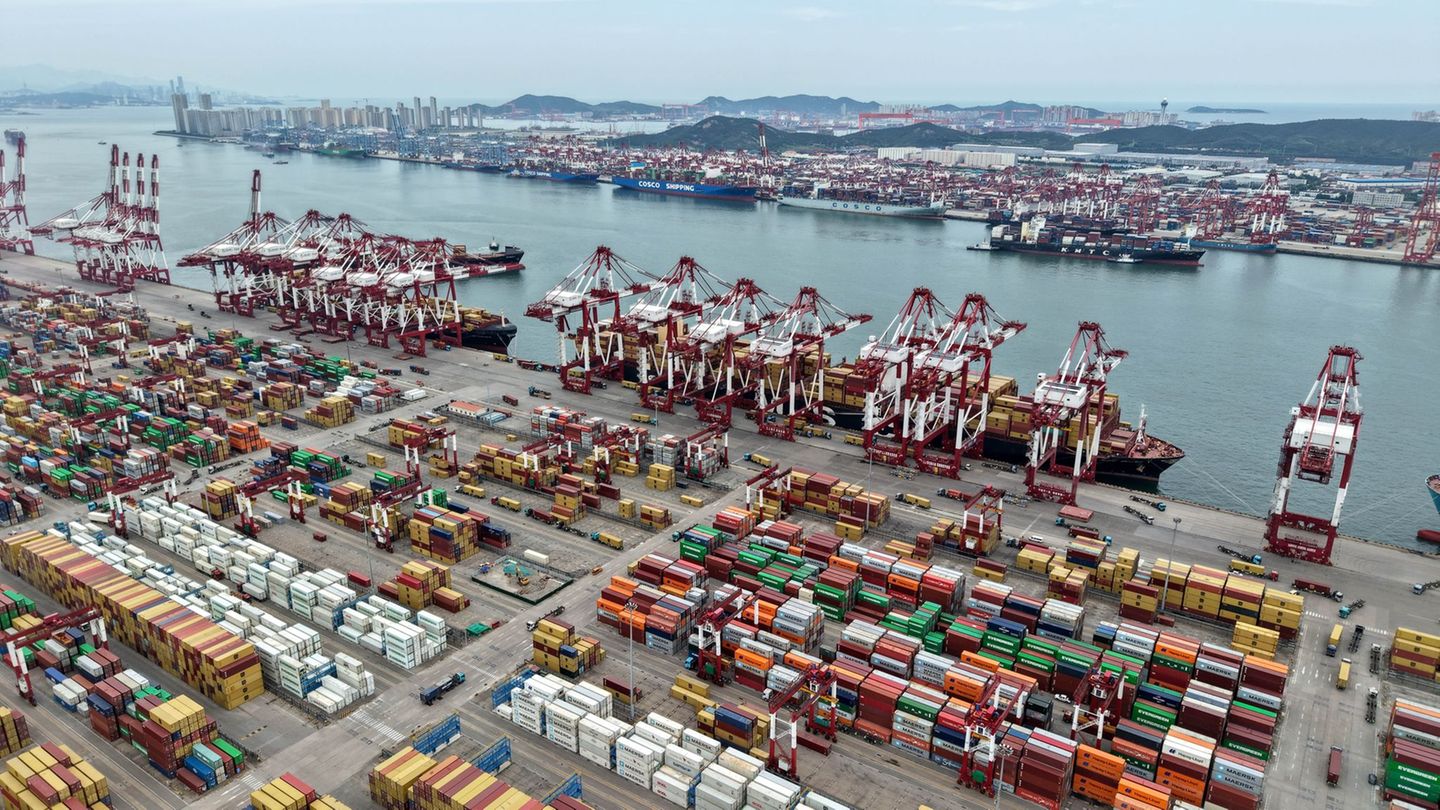“Argentina’s Merval returns to the 92,000 point zone and, if it breaks that level downwards, it could be confirming a double top pattern, which is a bearish reversal formation,” said Alexander Londoño, an analyst at ActivTrades.
The potential new increase in rates from the central bank (BCRA) is also in the sights of investors, given the firm inflation that hits Argentina.
The markets continue to show their optimism regarding the new round of negotiations between Russia and Ukraine.
bonuses
With increases of up to almost 4%, dollar bonds reaffirmed their upward trend, before which the Argentine country risk hit its lowest in more than a month, after the recent IMF approval of the agreement with the Government to refinance some 45,000 million dollars , together with a time when global aversion to stock market assets was intensifying.
The sovereign titles denominated in dollars recorded firm improvements of up to 3.9%, thanks to the Bonar 2038, followed by the Bonars 2029 and 2035 (+3.6%); and by Global 2035 (+3.3%). The titles are +10.6% above the post-restructuring lows registered on March 8 last.
Consequently, the weighted average price jumped above $33 for the first time since last February 24, PPI reported. The indicator rose +2.8% to US$33.01 and moved away from recent lows.
All in all, Argentina’s country risk fell 41 units, to 1,744 units, its lowest value since last February 23, compared to the 1,083 points registered in 2020 after a million-dollar restructuring of private debt and a historical maximum of 1,991 units recorded at beginning of this March.
“We believe that the agreement with the IMF was already practically discounted in prices. Meanwhile, the better climate for the entire universe of emerging debt helped. The pause in the rally in long rates abroad and the expectation of negotiations between Russia and Ukraine favored better performance within emerging credits,” analysts at PPI commented.
For example, Ukraine’s 10-year bonds recovered ground and Turkey cut its yields by 6 basis points. Within the region, LATAM bonds lowered their yields between 1 and 5 points.
The IMF board finally endorsed on Friday a new debt program with the South American country, although it recognized that it carries “exceptionally high” risks and advanced the first review of the macroeconomic numbers to mid-May.
“The agreement with the Fund comes to worsen the financial variables, I am not going to say improve because it is too big, that the gap decreases a little, that the exchange rate stops falling behind, that the reserves rise a little, that the country risk drop a little, but at the cost of worsening real variables,” said economist Rodolfo Santángelo of Macroview.
Economy Minister Martín Guzmán acknowledged that the agreement could require adapting economic policies. He argued that the Russian invasion of Ukraine changed the expectations of the global economy in the face of strong increases in raw materials.
With the agreement of the IMF, “the immediate cessation of payments was avoided, but the balance of public finances would require a reduction in expenditures that would be difficult to implement politically,” estimated the consulting firm VatNet Research.
On the other hand, dollar-linked sovereign bonds in pesos fell in the short section, with TV22 losing 0.2% (it had good business volume).
Finally, the CER debt was highly offered prior to the Treasury tender, yielding an average 0.5% along the curve, with special punishment in TX23 (-1%).
In the external context, for its part, oil prices plummeted 7% amid fears of lower demand from China, after the Shanghai financial center was closed to curb an increase in Covid-19 infections, in a time when world attention was also focused on the resumption of peace talks between Ukraine and Russia.
Source: Ambito
David William is a talented author who has made a name for himself in the world of writing. He is a professional author who writes on a wide range of topics, from general interest to opinion news. David is currently working as a writer at 24 hours worlds where he brings his unique perspective and in-depth research to his articles, making them both informative and engaging.




